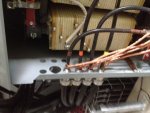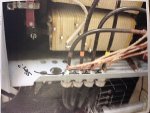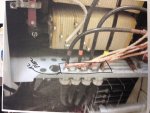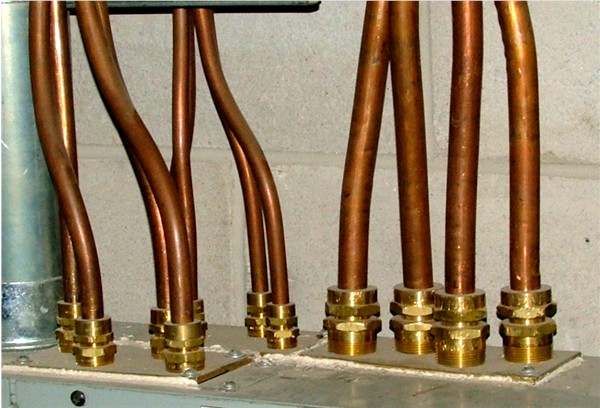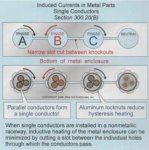rayp1
Member
- Location
- Phoenix, Az, USA
Situation: Cable types are MC single conductor with exterior sheath coat installed in cable tray than secured to the metal enclosure of a dry type transformer. (44 TX's!). Individual TnB fittings are used for each phase and neutral. See attached picture. Inspector sited 300.20 violation, induced current-resulting in excessive heat issue.
Question:
a. How does the induced currents occur with the individual grounds connected to the transformer bus?
b. Any evidence to debate the violation?
Question:
a. How does the induced currents occur with the individual grounds connected to the transformer bus?
b. Any evidence to debate the violation?


